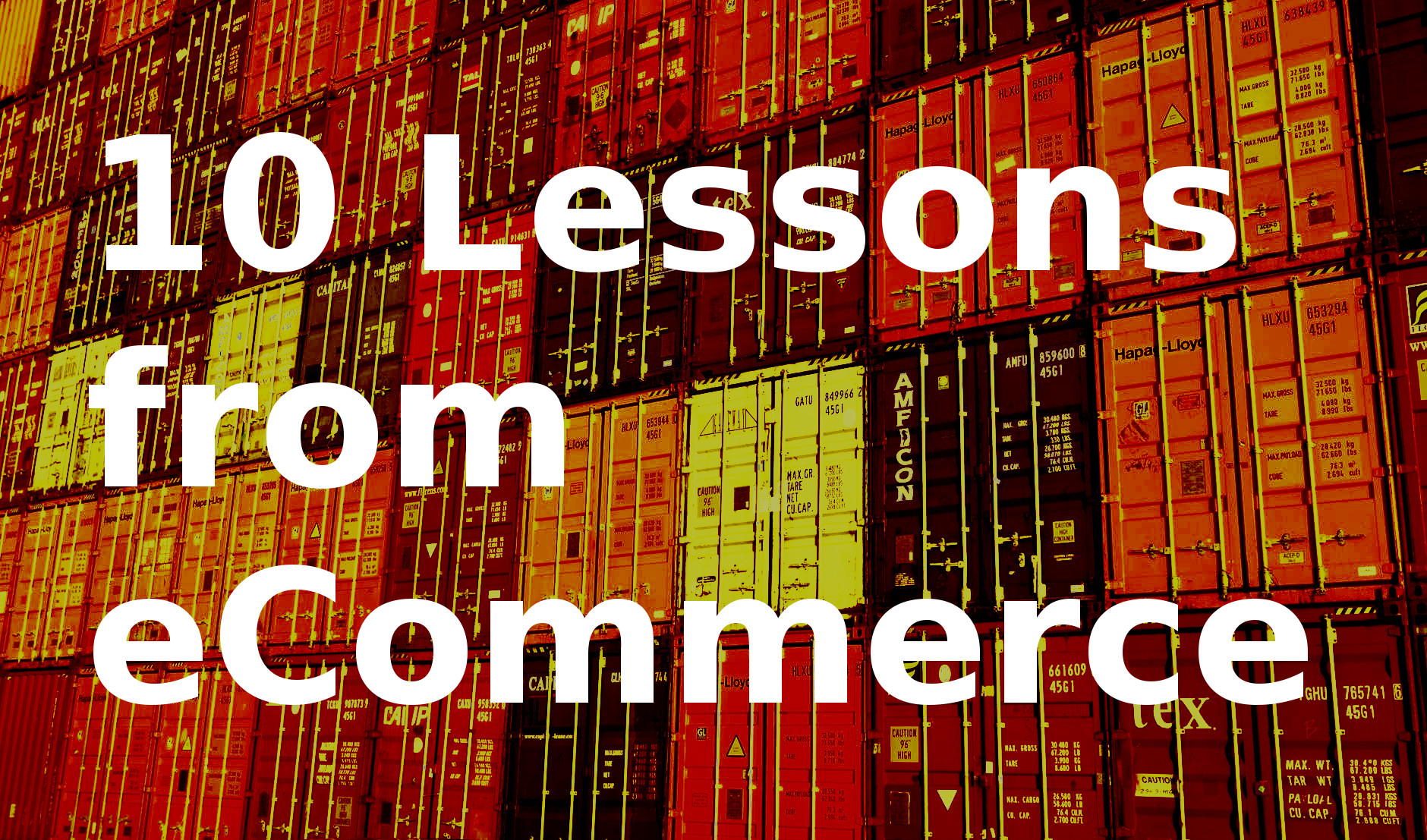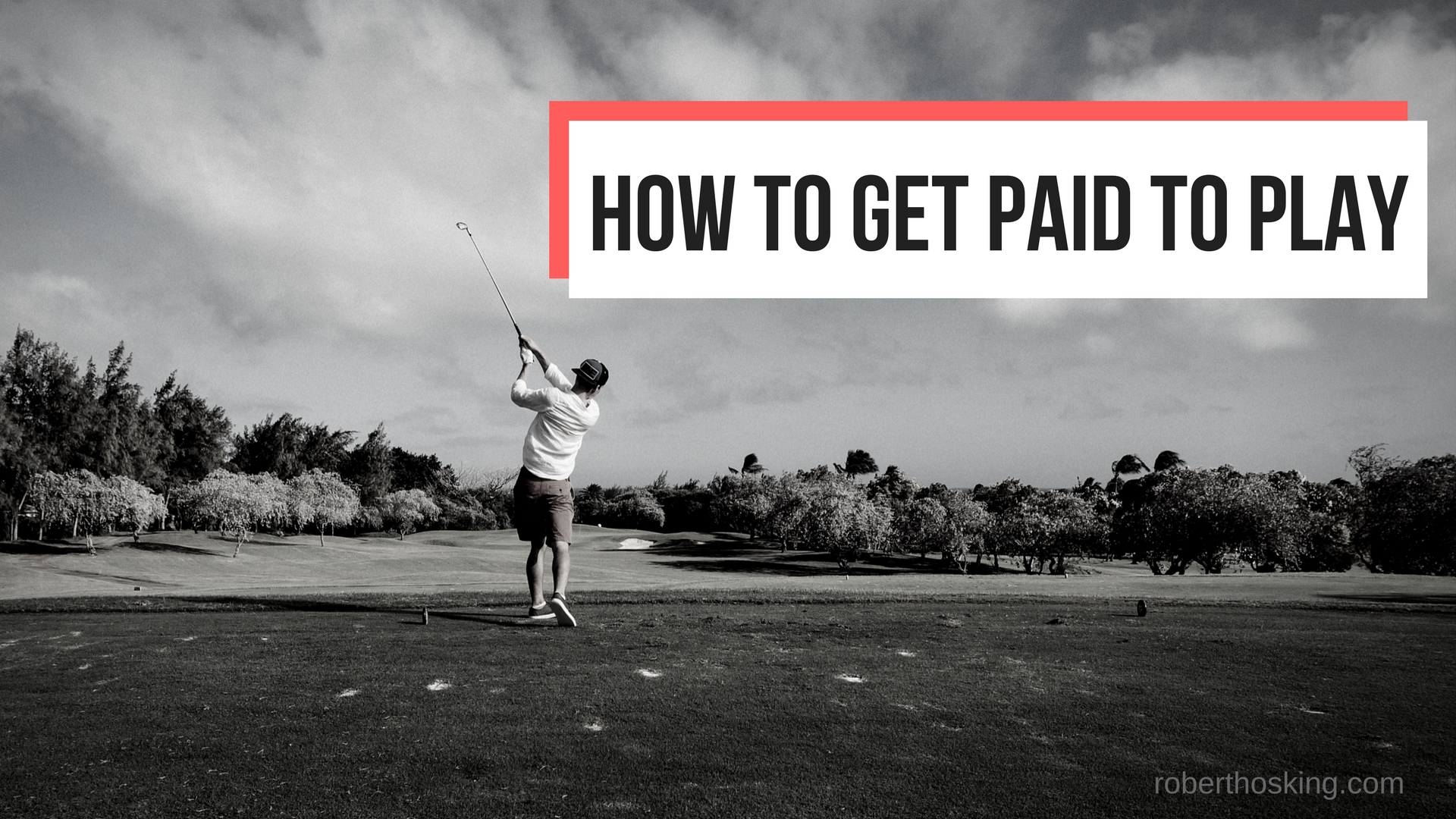Category: Hustle
-

10 Lessons from my first eCommerce Venture
About a year ago, I began reading The Four-Hour Work Week by Timothy Ferris. In the book, Tim lays out a road-map for creating a muse (an online side-hustle with the goal of creating financial independence through mostly passive income). Although I ended up ignoring a lot of Tim’s advice, my learning-through-experience approach was much…
-

How to Get Paid to Play
Last week, we analyzed the system of preparation and found out why the truly sensible never work. The conclusion of that article was to find a way to get paid to play. In this article, we will try and determine how you (yes, you!) can get paid to play. But first… What is play? “Play”…
-

Failing your First Client
Anyone who works as a freelancer or contractor knows that managing your own clients has its ups and downs. However, new freelancers often neglect to consider the possibility of failing one of their clients. It’s not pleasant to think about but you are bound to fall short of a client’s expectations sooner or later. Without…